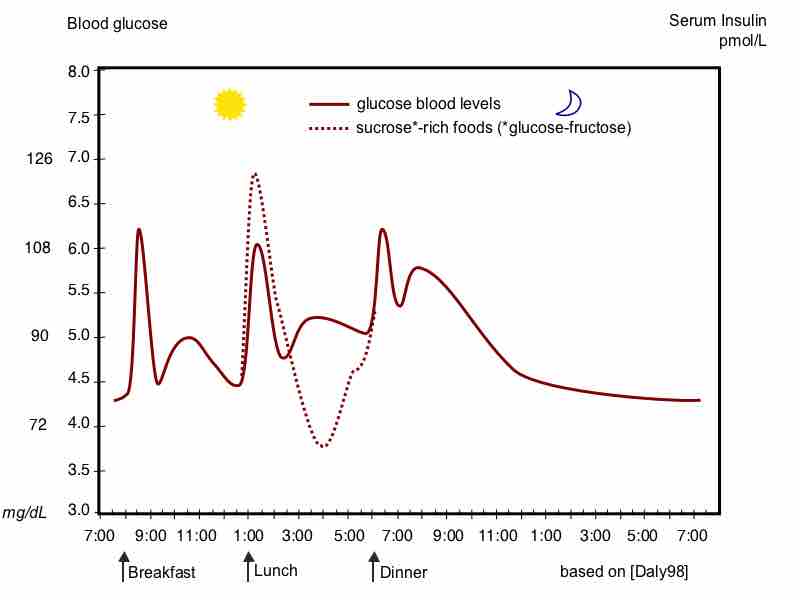What Is Disease?
Disease is any failure of normal physiological function that leads to negative symptoms. While disease is often a result of infection or injury, most diseases involve the disruption of normal homeostasis. Anything that prevents positive or negative feedback from working correctly could lead to disease if the mechanisms of disruption become strong enough.
Aging is a general example of disease as a result of homeostatic imbalance. As an organism ages, weakening of feedback loops gradually results in an unstable internal environment. This lack of homeostasis increases the risk for illness and is responsible for the physical changes associated with aging. Heart failure is the result of negative feedback mechanisms that become overwhelmed, allowing destructive positive feedback mechanisms to compensate for the failed feedback mechanisms. This leads to high blood pressure and enlargement of the heart, which eventually becomes too stiff to pump blood effectively, resulting in heart failure. Severe heart failure can be fatal.
Diabetes: A Disease of Failed Homeostasis
Diabetes, a metabolic disorder caused by excess blood glucose levels, is a key example of disease caused by failed homeostasis. In ideal circumstances, homeostatic control mechanisms should prevent this imbalance from occurring. However, in some people, the mechanisms do not work efficiently enough or the amount of blood glucose is too great to be effectively managed. In these cases, medical intervention is necessary to restore homeostasis and prevent permanent organ damage.
Blood Sugar Regulation
The human body maintains constant levels of glucose throughout the day, even after fasting. During long periods of fasting, glucose levels are reduced only very slightly. Insulin transports glucose to the body's cells for use in cellular metabolic function. The cells convert excess glucose to an insoluble substance called glycogen to prevent it from interfering with cellular metabolism. Because this ultimately lowers blood glucose levels, insulin is secreted to prevent hyperglycemia (high blood sugar levels). Another hormone called glucagon performs the opposite function of insulin, causing cells to convert glycogen to glucose and stimulating new glucose production (gluconeogenesis) to raise blood sugar levels. Negative feedback between insulin and glucagon levels controls blood sugar homeostasis.
Causes of Homeostatic Disruption
People with type 1 diabetes do not produce insulin due to auto-immune destruction of the insulin producing cells, while people with type 2 diabetes have chronic high blood glucose levels that cause insulin resistance. With diabetes, blood glucose is increased by normal glucagon activity, but the lack of or resistance to insulin means that blood sugar levels are unable to return to normal. This causes metabolic changes that result in diabetes symptoms like weakened blood vessels and frequent urination. Diabetes is normally treated with insulin injections, which replaces the missing negative feedback of normal insulin secretions.

Homeostasis of Glucose Metabolism
This image illustrates glucose metabolism over the course of a day. Homeostasis may become imbalanced if the pancreas is overly stressed, making it unable to balance glucose metabolism. This can lead to diabetes.